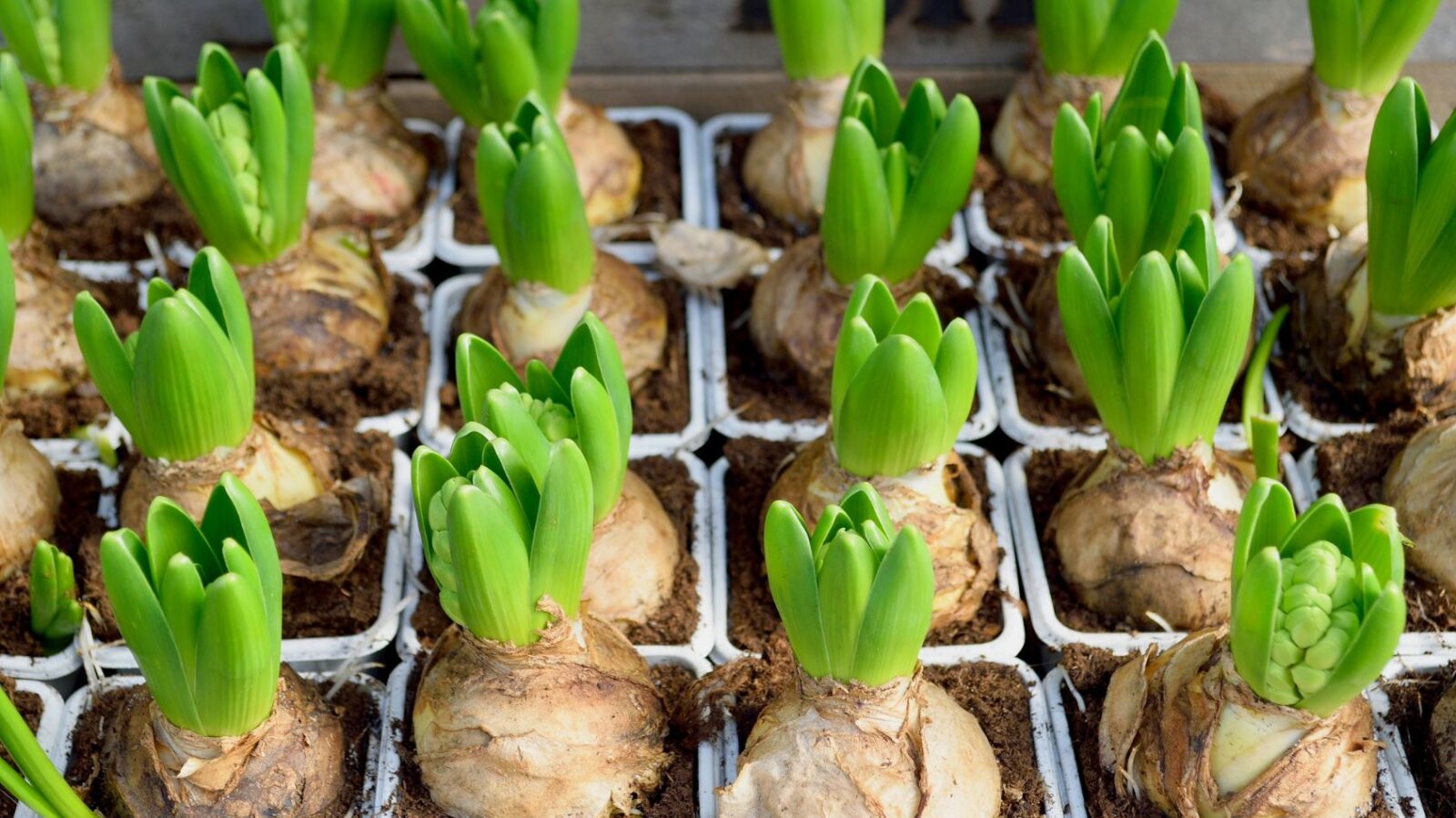Guest post by Sarah Gerhardt
Planting bulbs is one of the easiest and most rewarding ways to bring colour into your garden, window box or onto your balcony. Once established, bulbs multiply and return each year with little effort; offering vibrancy in early spring, summer, or late autumn. In today’s blog post we’ll explore the different kinds of bulbs to consider for your space and when, where and how to plant them.
What Exactly Are Bulbs?
Botanically, a bulb is an underground storage organ – usually rounded and fleshy – designed to help the plant survive the cold season. Well-known examples include onions, garlic, tulips, daffodils and lilies. In gardening, we often expand the term to include similar underground structures like corms, tubers and rhizomes. Plants such as crocosmia, dahlias and irises fall into these categories.
Bulbs are typically sold and planted while not growing actively, referred to as dormant. So specific times for planting apply for specific kinds of bulbs. We can differentiate between spring-flowering, summer-flowering and autumn-flowering bulbs. Let’s look at these different kinds of bulbs in more detail.
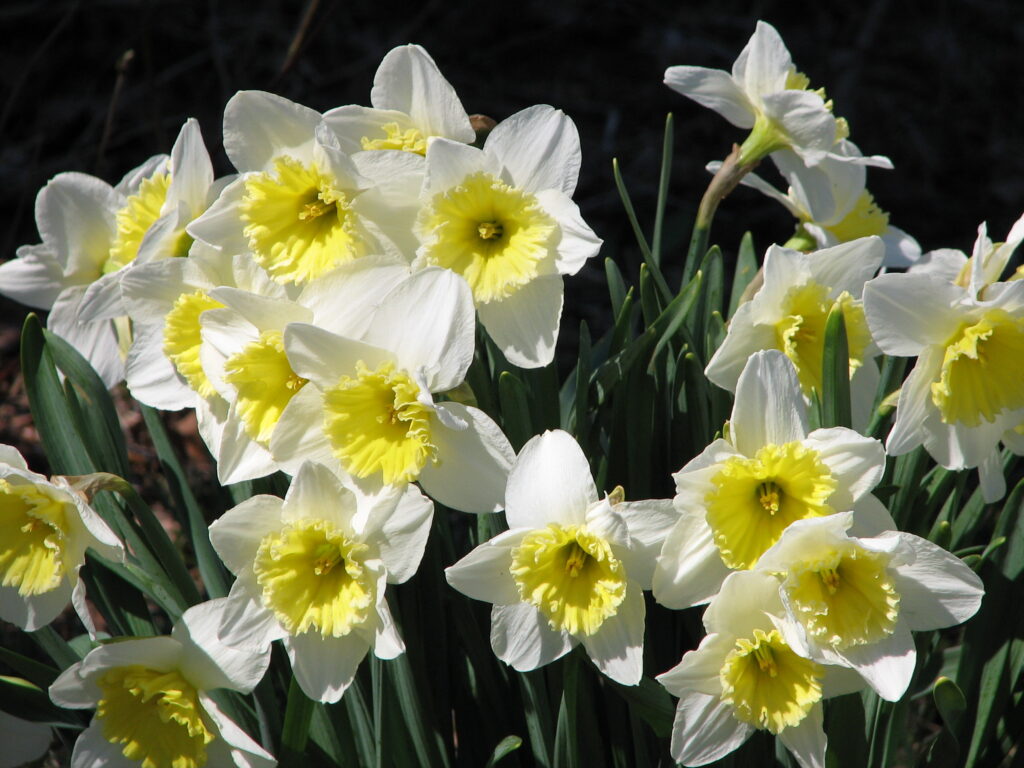
Spring-Flowering Bulbs
Most people think of spring when they think of bulbs – and with good reason. Spring-flowering favourites such as crocuses and daffodils are fantastic for adding colour to spring borders. Early bloomers such as snowdrops, scilla, netted iris and winter aconites can brighten up even the gloomiest February day. Tulips flower a little later with a dazzling variety of colours and shapes.
Many spring bulbs can be naturalised. Naturalising bulbs means that you plant them with the idea that they will multiply and return year after year without needing to replant them. Bulbs they self-seed or produce offset (bulbils) easily are particularly good for this.
Naturalised bulbs work beautifully in lawns, woodland edges or wildflower areas. Plant them in informal drifts to create a relaxed, spontaneous effect that improves over time as the bulbs continue to spread.
Spring-flowering bulbs are best planted in autumn. Daffodils, hyacinths and crocuses should ideally go into the ground by the end of September, while tulips should be planted a little later in November, when the soil has cooled. This reduces the risk of pests and diseases which are less active then.
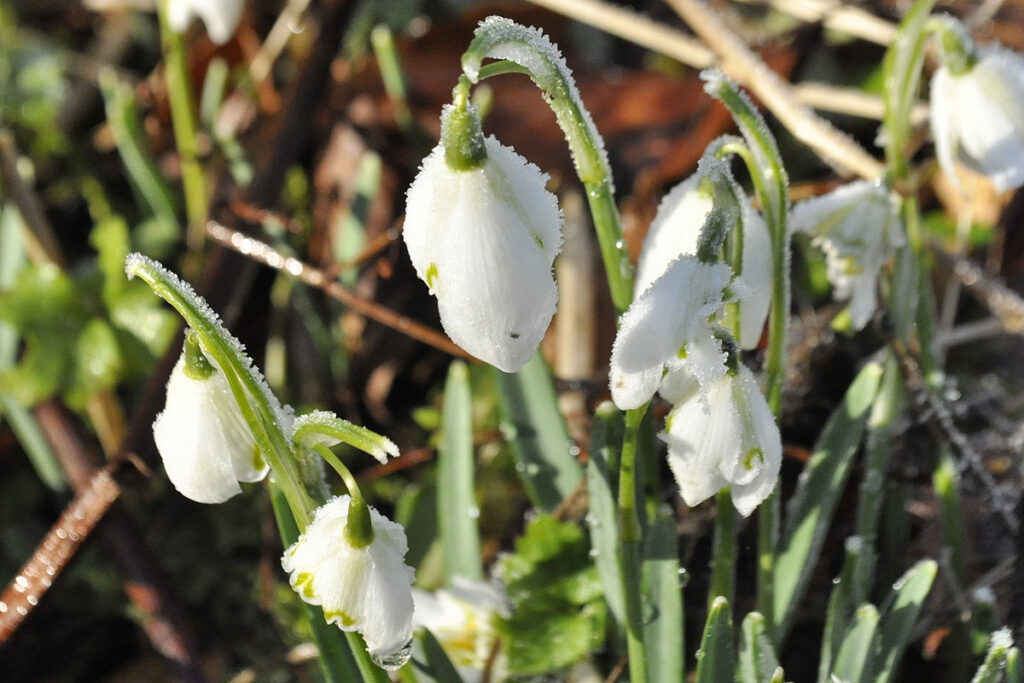
Summer-Flowering Bulbs
Many summer-flowering bulbs are tall and showy, adding excitement and focal points to the garden. Here we need to distinguish between hardy and tender types. Hardy summer-flowering bulbs, such as alliums, lilies and crocosmia, are best planted in autumn, around September or October. Tender summer bulbs, such as gladioli and dahlias should be planted in early spring, once the risk of frost has passed, as they are sensitive to cold.
Autumn-Flowering Bulbs
Just as the garden starts to get ready for winter, autumn-flowering bulbs can surprise you with late-season colour. Autumn crocuses and nerines are good examples, bursting into bloom in September and October. These bulbs should be planted by late summer to give them time to establish.
Where To Plant Bulbs
Most hardy bulbs, such as tulips and daffodils, prefer sunny spots with well-drained soil, as many originate from regions with dry summers. In contrast, woodland bulbs such as wood anemones prefer cooler, moist conditions. If your soil is sandy and light, it helps to add compost to improve water retention. For heavy clay soils, mixing in compost and grit can improve drainage and structure.
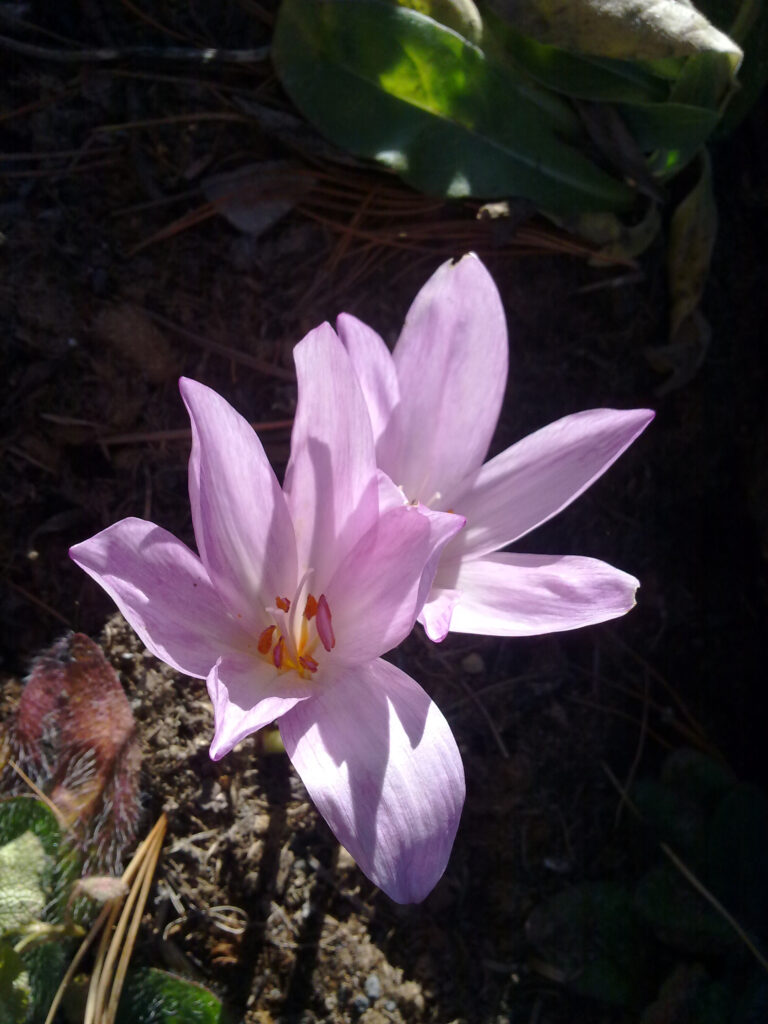
How To Plant Bulbs
Choose high-quality, healthy bulbs that feel firm and show no signs of softness or rot. Since they are sold dormant (dry, without leaves or roots) it’s important to plant them as soon as possible after purchase. Delayed planting and prolonged storage may lead to poor flowering.
For a more striking visual effect, plant bulbs in groups of at least six, rather than scattering them sparsely. Larger clusters tend to produce a more impressive display. To plant, dig a hole that’s both wide and deep enough. A good rule of thumb is to plant bulbs at a depth that is two or three times their height. For example, a 5 cm tall bulb should go into a hole that is 10 to 15 cm deep. Position the bulb with the shoot or pointed end upwards, and space each bulb at a distance that is at least twice its own width. After planting, replace the soil, firm it gently and water well if the soil is dry. If the soil is already moist, particularly in autumn, additional watering may not be necessary.
While most bulbs are planted dry, some do better when planted “in the green” – meaning when they are still in leaf. Snowdrops and bluebells are typical examples. They can be divided and propagated just after they have finished flowering. Lift clumps and divide them. Then replant them in smaller groups further apart to encourage spreading.
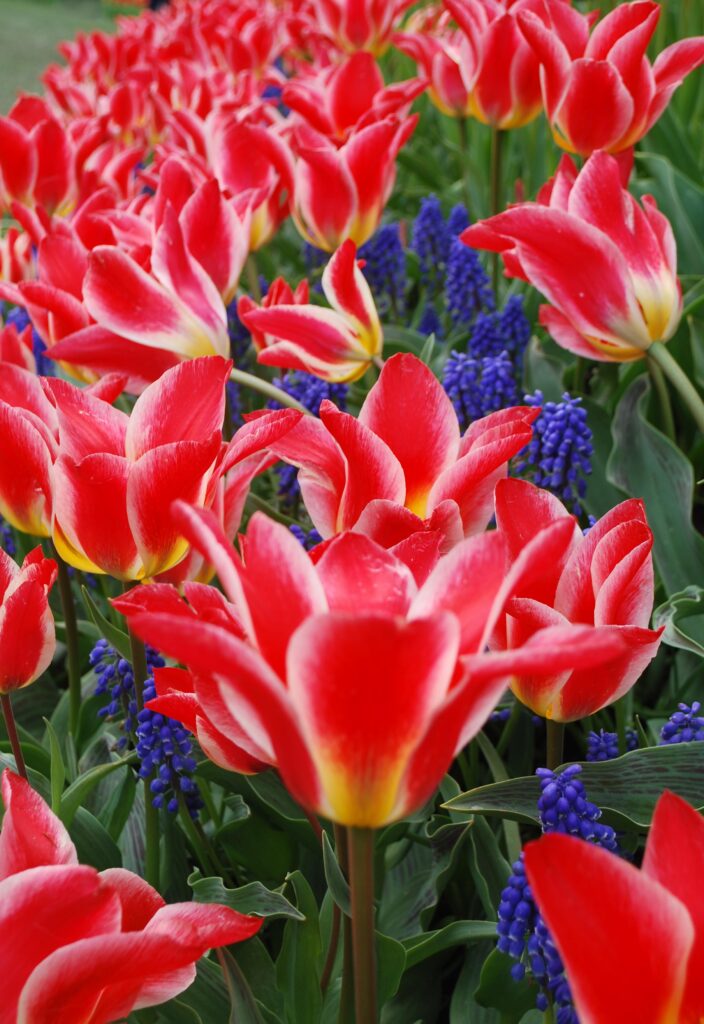
Growing Bulbs In Containers
Bulbs also thrive in pots and containers. Those with large showy flowers such as tulips, lilies and alliums. look particularly stunning when container-grown. After planting, water well and continue to water regularly while they are actively growing. Once the foliage dies back and the bulbs go dormant, reduce watering but don’t allow the compost to dry out completely.
Container-grown bulbs are more vulnerable to drying out than those in the ground, so it’s important to monitor moisture levels even when they are dormant. Some bulbs, like tulips, are heavy feeders and will benefit from a high-potassium fertiliser during the growing season to improve flowering the following year.
If You Missed The Ideal Planting Time
If you’ve missed the recommended planting time – whether due to forgetfulness or a busy schedule – don’t panic. Check your bulbs carefully, discarding any that show signs of rot or feel soft. Plant the rest as soon as possible, even if they have already started sprouting. While they may not perform perfectly in their first season, planting them promptly gives them the best chance to recover. You may be pleasantly surprised by improved flowering the following year.
Planting bulbs is a simple and satisfying way to create lasting colour and beauty in your garden. With a little thought and preparation, you’ll enjoy their cheerful presence for many years to come.
About the author: Sarah Gerhardt is a gardener, linguist and punk musician based in Edinburgh. She was head gardener at the Dean Gardens, Edinburgh for 9 years and runs her own gardening business Gerhardt’s Garden Service. Find out more via her Linktree: https://linktr.ee/gerhardtsgardenservice
-
 Builder’s Bag Planter Mix£79.00 inc VAT
Builder’s Bag Planter Mix£79.00 inc VAT -
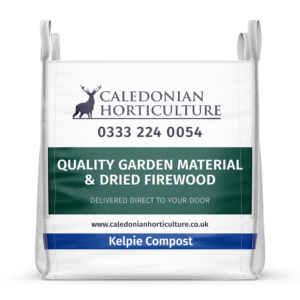 Builder’s Bag Kelpie Compost£72.00 inc VAT
Builder’s Bag Kelpie Compost£72.00 inc VAT -
 Builder’s Bag Topsoil£68.00 inc VAT
Builder’s Bag Topsoil£68.00 inc VAT

